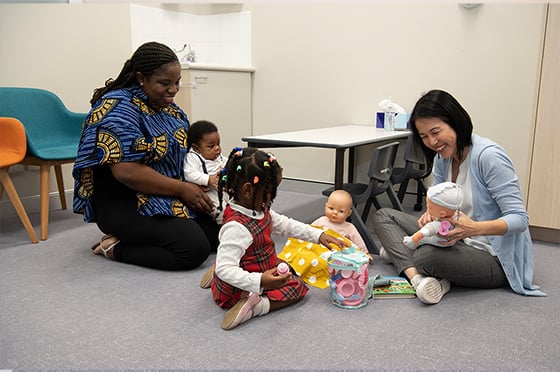Search

Time to reflect After your leadership team has completed an activity it is important to take time to reflect on how it went and things you may have

Cybersafe practices are precautions we can take to make sure our interactions online are safe and positive. Download the "My Online Status" in the

The Health Promotion and Education Research Team at The Kids Research Institute Australia received funding from the auDA Foundation to develop this

The END RHD CRE focuses priority research projects that will help achieve the singular target of producing the Endgame Strategy.

News & Events
Carol's story: losing a parent to RHDAfter being diagnosed with rheumatic heart disease at ten, Elizabeth had to leave country and her family for a large chunk of her childhood so she could be treated in Adelaide.


Find out more about Psychology services at CliniKids.

Consultation appointments are one-off clinical appointments to discuss the best next steps for supporting children’s strengths and support needs. These sessions are available for families and professionals.

This small group program helps children crack the code of emotions and friendships through an animated ‘secret agent’ theme.
The Kids Research Institute Australia is involved in a new multi-site Australian study, led by the South Australian Health and Medical Research Institute, which wants to determine the optimal level of iodine needed during pregnancy for baby’s development.
